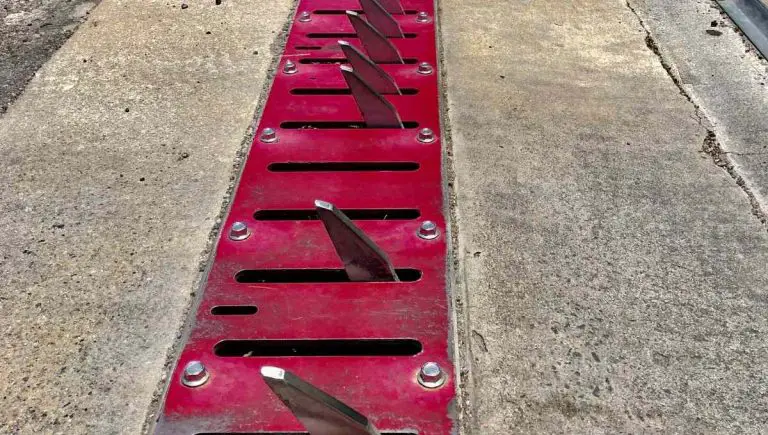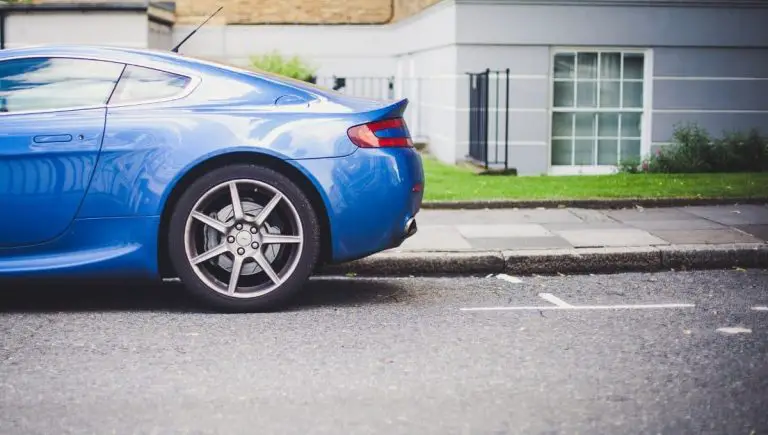Who Pays for Neighborhood Street Lights?

Streetlights do a great job at illuminating the streets at night to prevent crimes and accidents. But what if there aren’t enough streetlights in your area and you feel that your community needs more? Who pays for neighborhood street lights then?
Generally, the electricity powering the streetlights are paid for by property owners benefiting from those lights. The cost of installation of new lighting and its maintenance will also be shouldered by the property owner.
If you feel that your community will benefit from additional streetlights, you can request from your local council or HOA, if you live in a subdivision. This article will discuss the information you need to know should you want to get more lights on your street.
Who Pays for Street Light Electricity?
Depending on where you live, most street lights already have their own meters. Some, like in Florida, have old street lights that don’t have meters. In that case, the old devices are charged using a formula that takes into consideration the usage time, wattage, and the price per kilowatt-hour.
Generally, the city, county or the HOA that owns the street light gets charged for the lighting bills. In that case, the payment will be in the form of taxes, or monthly dues for the HOA.
In some cases, residents would voluntarily tax themselves just to pay for street lights. A case in point is Kensington in San Diego, in which residents decided to pay voluntary tax so they can preserve and keep the historical street lights running.
Meanwhile in Los Angeles County, the same rules apply: property owners will pay for the installation, operation and maintenance of street lights. The County Lighting District initially pays for the cost but property owners will have to pay them back over 10 to 15 years (with interest). This amount will show up on the annual property tax.
How Much Does a Street Light Cost to Run?
When it comes to the cost of streetlights, it’s easy to be intimidated by them. And if you’re thinking about replacing an old one or getting a new one installed, you might have wondered how much it would cost for a streetlight to run.
It’s hard to tell the exact amount you would pay for one street light since it will depend on the usage in a specific area. For instance, if your neighborhood is known to be a bright-lit area, then you can expect more charges. In contrast, if your community only has a few streetlights, then you won’t be charged as much.
You also have to consider the type of bulbs used for the streetlights. Generally, LED lights are more cost-effective and energy efficient. You should keep in mind that the total cost for running a street light will involve not only the energy costs but also the maintenance costs.
How Much Does a Street Light Pole Cost?
Other than the light bulbs used, another thing to consider when it comes to the running costs of a street light is the pole. You will need manpower to put up the pole or replace existing ones so that’s another added cost.
One street light pole is estimated to be priced between $2000 to $3000. That cost will even be higher if there is a need to put up several street lights to achieve the right amount of lighting.
The type and height of the pole are also factors to consider. The higher it is, the more expensive it’s expected to be. Roadways usually have poles that are 40 to 55 feet while there are those that are as low as 22 feet. The standard poles, which are usually round-tube aluminum will cost less compared to the ones that are more ornamental.
Thickness is also another factor for pole costing. In some places, the winds can be harsh and the city will need thicker poles to sustain wind load. So, if a thicker pole will be put in place, it will need more material, which then equates to higher cost.
How Is Street Lighting Paid For?
How street lighting is being paid for will depend on the agreement between the city and the utility company. It could be that the city will work with the utility company and have lights with meters put up. The city will pay for the maintenance and energy consumption.
Alternatively, the city can also invest in standard sized lights that do not need to have meters. In this case, utility companies can have a rough estimate of the energy consumption, which the city will pay for. That said, in both situations, the city spends on energy and these expenses will reflect on people’s taxes.
Who Pays for Street Lights in a Subdivision?
If you have an HOA, you will likely be curious as to who pays for the streetlight in your subdivision. Maybe you just like to know because you want to request more lighting near your area to make it extra safe. In any case, streetlights in a subdivision are usually paid for by the HOA with contributions from your monthly or annual dues set by the HOA.
All properties that benefit from the lighting system will pay the fee. Whether the lighting is placed in front of your house or some feet away further, you still receive benefit from it as you walk around your neighborhood.
In addition, property owners that will benefit from the lighting system will also pay for the maintenance and energy costs required to keep the streetlights running.
Who Has the Responsibility for Replacing the Street Lights?
In case the streetlight in front of your house got busted, you will immediately want to have it replaced. But who will make the call for the electrician or who is responsible for contacting people that will replace the street lights?
The answer depends on where you are located. In public streets, the Department of Transportation usually takes care of problems relating to street lights. Meanwhile, in subdivisions, you can talk with your HOA and they will contact the power company for the replacement.
Generally, the power company will be responsible for street lights replacement. Each state depends on its own electric utility company. Find out which one powers up your neighborhood and you can do a search online.
You can visit their site and find a contact page on there to bring up concerns regarding street lights. Note that the top companies in the US are the following (in no particular order):
If you have to request a replacement, you will usually need to inform the company of the pole number found on the metal tag on the pole.
How Can I Get More Street Lights on My Street?
Proper lighting is essential for people to feel safe. It has been studied that accidents and fatal injuries usually occur after dark, and accordingly, low lighting contributes to these casualties. If you feel the need to get more street lights because it will feel a lot safer, you can request to have more street lights.
There are several ways you can do this. In the case of Kensington discussed earlier, the neighborhood formed a maintenance assessment district and contributed from their own pockets for the installation and maintenance of the lights.
A group of residents coming together to petition for a request is also possible. You can contact your local street lighting department and request for new street lights. In most cases, you can already reach them online by visiting their website and finding their contact page. Alternatively, you can call them through the number posted on the website.
You might also want to try calling the 311 helpline to request new or additional street lights. Your city’s Streets and Maintenance department usually works with the energy company for this.
The department will then check if it’s feasible to put up additional poles. Keep in mind that the process of having new lights installed can take weeks to complete and will still be dependent on the funds available. Moreover, the department will also have to check other residents to ensure that they agree to the additional street lighting.
Conclusion
Street lights are a necessity in neighborhoods. They keep people feeling safer from crimes and pedestrian accidents. While some neighborhoods or communities enjoy well-lit streets, others don’t. There are people who feel that their community needs more street lights.
If you’re one of those people, you will wonder who pays for neighborhood street lights. As discussed above, property owners will shoulder the energy consumption expenses of streetlights. The amount to pay will usually come in the form of taxes or as monthly dues (for subdivision residents).
Street lights also need maintenance and eventually, it will need to be replaced. Keep in mind that you, as the property owner, will also be required to pay for the maintenance cost apart from the energy costs. You can call your utility company to request for new streetlights. If you have an HOA, you can just tell them and they will help contact the company on your behalf.







